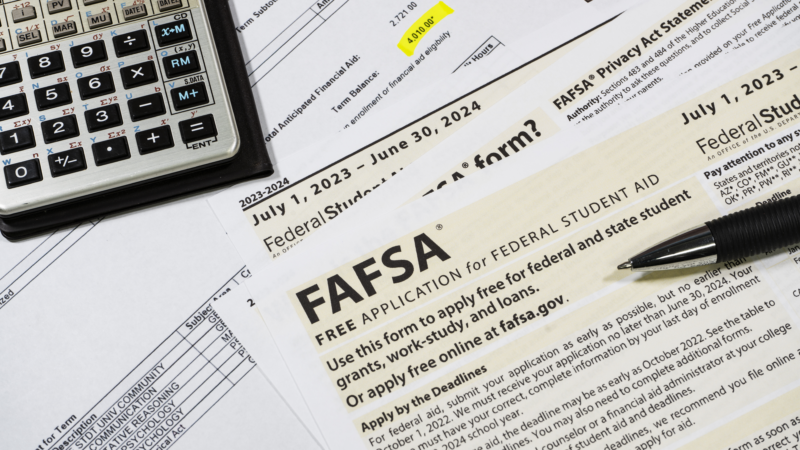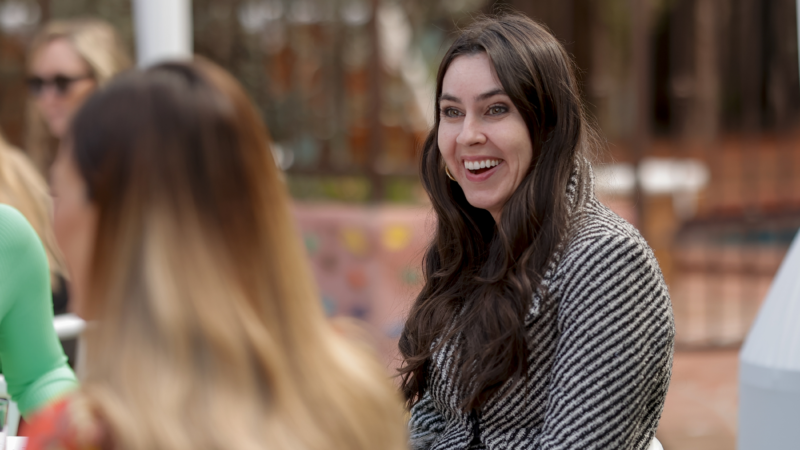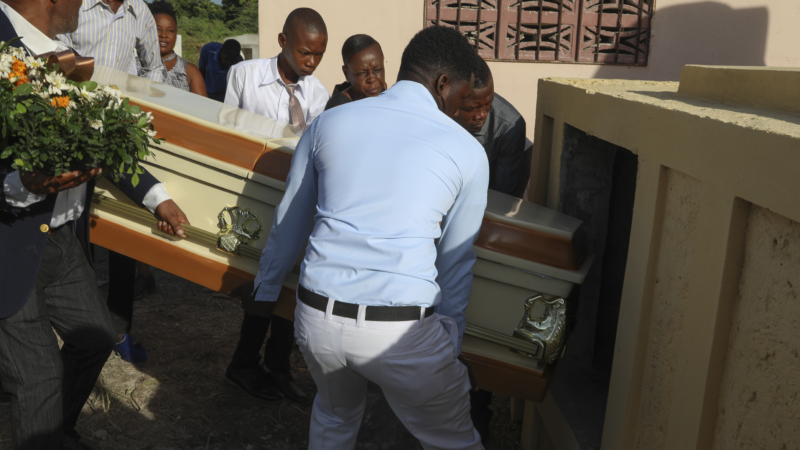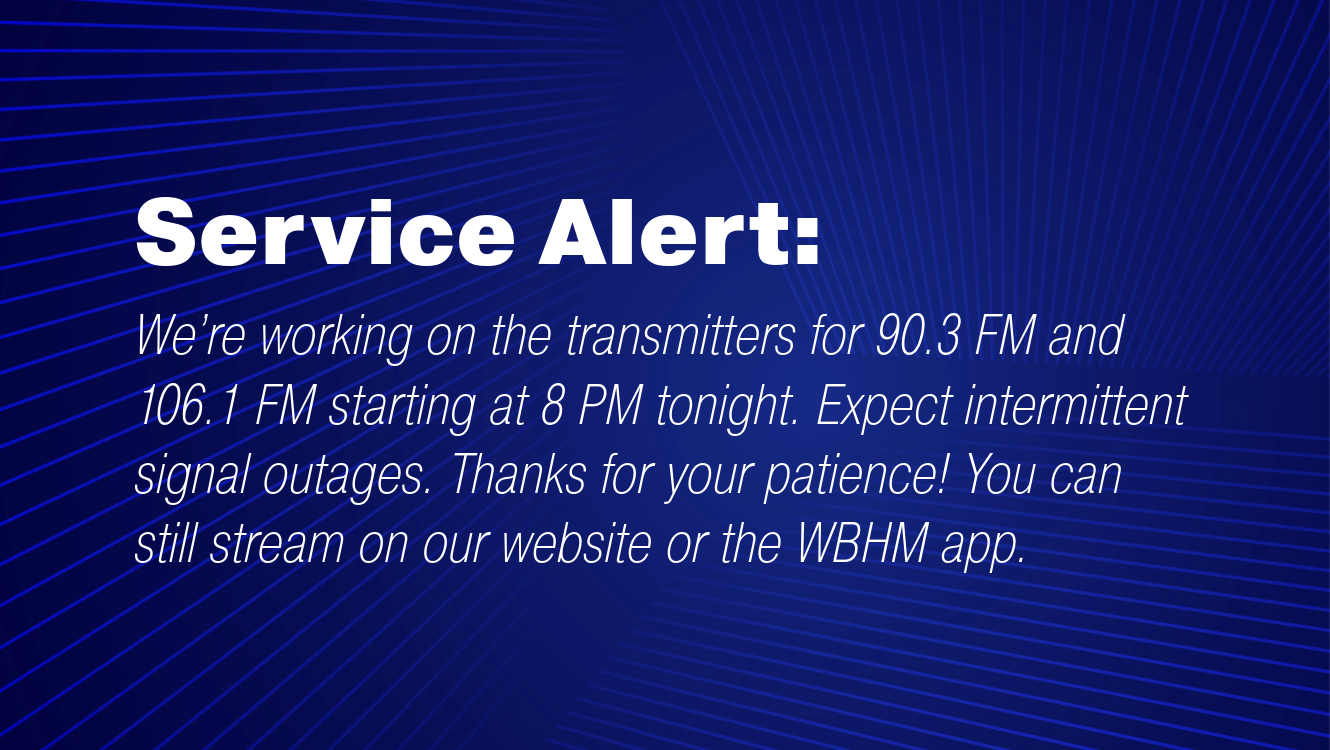Some students are fighting to stay in college after the FAFSA delayed financial aid
Brenda H. almost didn’t make it to her first day of college. She tried to apply for financial aid through the Free Application for Federal Student Aid (FAFSA) four times, but encountered glitch after glitch – including a widespread bug that impacted students whose parents or spouses don’t have Social Security numbers. Brenda’s parents are both undocumented, which is why Brenda requested we keep their last name out of this story.
It wasn’t until her fifth attempt this spring that Brenda was finally able to submit her FAFSA. The delay meant she committed to a college – California State University, Northridge – without knowing if she could afford it.
“I was entering college blind,” she says as she thinks back to that decision.
When her financial aid package finally came, she says she was speechless. “My mouth dropped to the floor.” There were only a few weeks left before school started, and her award offer was much lower than she had planned for. “I was mad at FAFSA,” she says. “So I went in blind, I went in confused, and I went in angry.”
The FAFSA debacle has followed students like Brenda into the school year, as the repercussions of months-long delays from the last financial aid cycle continue to play out. Many colleges traditionally ask students to commit to their school by May 1, but the National College Attainment Network estimated that, compared to last year, about 408,000 fewer high school seniors had successfully completed their FAFSA as of that week. Some colleges responded by pushing their commitment deadlines, but the delays still left Brenda, and others like her, forced to make all kinds of decisions about college without knowing how they would pay for it. Now, many of those students are fighting to stay in school.
For Brenda, that meant scrambling to find housing nearby – a room that’s a 30-minute bus ride from campus – and making her own lunches to save money. She’s hoping to get more aid out of the next FAFSA cycle, which has again been delayed.
The U.S. Department of Education began testing this year’s form with a limited number of students on Oct. 1, the form’s traditional release date. The agency says it’s working to fix glitches and release the application to all students by Dec. 1.
“I’m wondering how I’m going to pay for the next semester”
Brenda’s mom is a seamstress and her dad works for a bulk spice market. Nobody in her family has ever been to college, so she didn’t grow up thinking she’d get a degree.
That changed in 11th grade, when Brenda started taking drum lessons in the basement of a local nonprofit in Downtown Los Angeles. Kid City Hope Place serves low-income students with educational programs, financial aid help and activities meant to get them excited about higher education.
“I remember I was so scared of the upstairs kids because they were all about college, all about [their] future. And back in junior year, I didn’t even think I would go to college,” Brenda says.
Kim Fabian, the project director at Kid City, jokes that their music program is just a way to draw kids to the college access program upstairs. “It actually is one of the tactics we use for some of the students who might fall between the cracks – the students that aren’t high achieving, but aren’t low achieving, and they get stuck somewhere in the middle. They just need a gentle push.”
That was the case for Brenda, who says, “I just didn’t see a future for myself. But once I started going to the [college access] program at the end of my junior year, they encouraged me to apply to college, and encouraged me to apply for the FAFSA. They encouraged me to just go for it. Like, ‘You won’t regret this.’ ”
Brenda’s counselors told her that because her family was low-income, she would likely qualify for substantial financial aid. Excited about the prospect of going to a four-year university, Brenda forged ahead and applied to colleges last fall, and then to the FAFSA.
Fabian says she didn’t know what to say earlier this year when the FAFSA application process failed every single Kid City family who applied. “It felt like a broken promise,” she says. “It was impossible to not feel that guilty feeling because we’re the intermediaries that are supposed to make these dreams happen, make this possible, give you a hand, talk you through the process.”
Even though the delays caused Brenda anxiety, she felt better when she saw her friends from higher-income families receive enough aid to cover their education. She was certain the same would be true for her. But when Brenda’s financial aid offer finally came in July, just a few weeks before school was set to begin, “I completely panicked,” she says.
She received a Pell Grant for $970 per semester, and was offered $2,750 in federal student loans each semester. That aid amount just about covers her tuition, but she’s on her own when it comes to housing, food, books and transportation.
And while Brenda did manage to cobble together enough money to start classes in the fall, she says the financial stress has made it hard to focus on her actual education.
“It makes me think about my future … and sometimes I’ll catch myself not focusing in class because I’m wondering how I’m going to pay for the next semester.”
Not just an application, but a gateway to “a life plan”
Brenda is majoring in psychology. She has struggled with her own mental health and couldn’t get the help she needed, so she wants to become a therapist to help kids like her. But she’s worried about whether she can afford to finish her degree.
Brenda says this whole experience made her realize that, for her, the FAFSA isn’t just a bureaucratic application that results in a sum of money – it’s a gateway to “a life-plan.” Had she gotten her aid package in a timely manner, she could have made a more informed decision about college, applied to scholarships and maybe the entire thing would have been less stressful.
“This whole process, everything I experienced, just traumatized me.”
She says it was frustrating to hear the form was delayed again this year, but every time she feels discouraged about paying for her education, she thinks about her 2- and 3-year-old nieces.
“I want to be a role model for them. I want them to know, ‘You can go to college. You’re not bound to be like your parents, you’re not bound to be like your grandparents. You can go to college and make a name for yourself.’ ”
As she waits to apply to the next FAFSA, she’s trying to stay focused on her coursework, and on her newfound independence. Recently, she stayed out past midnight for the first time, and had her first sleepover.
“I was like ‘Wow! I feel so independent. I feel so adult.’ I’ve been experiencing a lot more in college than I did in the past 17 years of my life.”
Now, Brenda hopes she can keep having those new life experiences. But it’ll depend on whether she can afford to keep getting the education she never even dreamed of.
Transcript:
AILSA CHANG, HOST:
This is normally a big week for millions of students across the U.S. hoping to go to college. It’s when the federal financial aid application called FAFSA is supposed to open to families. There’s usually buzz and excitement around early October because the idea of college starts to feel real. But the FAFSA was riddled with problems last year, and because of yet another delay from the government this year, many students are left fearful and uncertain about their ability to stay in school. NPR’s Jonaki Mehta has more.
JONAKI MEHTA, BYLINE: On Tuesday afternoon, dozens of high schoolers rolled into Kid City Hope Place in downtown Los Angeles for a college prep workshop. They’ve all got big dreams.
UNIDENTIFIED STUDENT #1: I want to be doing something medical ’cause I’m trying to be an anesthesiologist.
UNIDENTIFIED STUDENT #2: I want to be a mechanical engineer or, like, biochemistry.
UNIDENTIFIED STUDENT #3: I want to either be a nurse or a therapist.
MEHTA: Kid City is a nonprofit that serves some 300 low-income students with all kinds of enrichment and educational programs. And normally October 1 is a big day because it’s when the FAFSA application opens. But today Kim Fabian is focusing on other things to get excited about.
KIM FABIAN: The big announcement that I have today is the Cal State application is officially open.
MEHTA: Fabian is the project director here, and today, as she’s leading the college access workshop, a student chimes in to ask about the FAFSA.
FABIAN: It was supposed to open today. It’s going to open December.
UNIDENTIFIED STUDENT #4: OK.
FABIAN: Yeah. Question?
UNIDENTIFIED STUDENT #5: Do you guys help us with that?
FABIAN: Yes, I will help you with that.
MEHTA: Fabian told me she’s trying to keep the anxiety around the FAFSA at bay because the rollout last year was complete chaos.
FABIAN: It was so frustrating, you know? We know that these are the systems that are supposed to respond, you know? It feels like a broken promise.
MEHTA: Many of these students have parents who are undocumented. All the seniors at Kid City qualified for financial aid last year, but every single one encountered problems with the form. One of those students was Brenda H.
BRENDA H: Nothing made sense ’cause we would go through, you know, our submissions and see, like, where did we go wrong? And we were scrambling ’cause obviously I needed money to go to college ’cause my parents don’t have the fund to pay it all by themselves.
MEHTA: Brenda’s mom is a seamstress, and her dad works for a bulk spice market. They’re both undocumented, which is why she requested we keep their last name out of the story. Nobody in Brenda’s family has ever gone to college, so the whole idea of a higher education didn’t occur to her until she started drum lessons in the basement of Kid City.
H: I remember I used to be so scared of the upstairs kids because, you know, they were all about college, and back in junior year, I didn’t even think I would go to college because, like I said, I’m first generation.
MEHTA: Eventually, she joined the college access program, and her counselors told her financial aid would probably cover her education. But last year’s botched FAFSA form was especially challenging for kids of parents without Social Security numbers, like Brenda’s. It took them five tries before the application went through. And when her offer finally came…
H: I, like, kind of – I panicked completely.
MEHTA: A lot of her friends with higher-income families got the cost of their education covered, so Brenda thought she would, too, but she didn’t get her award offer until a few weeks before school started. And it wasn’t nearly enough.
H: That also gave me another reason why, like, maybe it’s a sign that I’m not meant to go to college.
MEHTA: Brenda did ultimately make it to Cal State Northridge, but she scrambled to find housing at the last minute, cover tuition and pay for her books.
H: And sometimes I’ll catch myself not focusing in class because I’m wondering, how am I going to pay for the next semester? – ’cause this semester is about to end.
MEHTA: Brenda is majoring in psychology. She’s struggled with her own mental health, so she wants to become a therapist to help other kids like her. The education department started testing its new form this week and says it’s hoping to fix glitches by December 1. Brenda is going to apply again, but in the meantime, she’s focusing on her classes and her newfound independence.
H: I’ve actually been enjoying it. Like I’ve actually – you know, I kind of fulfilled one of my dreams, which is to be out at night (laughter).
MEHTA: College has been fun and exciting, but Brenda also feels that big responsibility as the first person in her family to go to college. She hopes this year’s FAFSA will be smoother and that she’ll get more aid so she can finish the education that she never even dreamed of. In Los Angeles, I’m Jonaki Mehta, NPR News.
(SOUNDBITE OF RAPSODY SONG, “ASTEROIDS”)
Taylor Lorenz leaves ‘Washington Post’ after rift with editors
Washington Post editors lost faith in former tech columnist Taylor Lorenz, who called President Biden a "war criminal" and initially misled them about it. She has launched a new digital magazine.
These maps and images show what’s left of Gaza, 1 year into the Israel-Hamas war
Israel's war with Hamas has destroyed much of Gaza. Recent analyses find that nearly 60% of buildings, nearly 70% of orchards and 68% of roads have been damaged or destroyed by the conflict.
‘The Apprentice’ director talks about the film Donald Trump doesn’t want you to see
Ali Abbasi's new film The Apprentice shows ex-President Donald Trump's years as a real estate businessman under the tutelage of lawyer Roy Cohn. The film coincides with Trump seeking another term.
Tesla is expected to unveil a robotaxi tonight: 5 things to know
On Thursday night, Tesla is holding a splashy event it’s calling “We, Robot.” CEO Elon Musk says fully autonomous vehicles are key to Tesla’s future, and for years he has promised they are coming.
Millions without power as Milton churns across Florida
Florida residents are being encouraged to shelter in place, as hazards such as storm surges, tornadoes and high winds and flash flood warnings were extended into early Thursday morning.
The death toll in a gang attack on a Haitian town rises to at least 115
The attack on residents of Pont-Sondé on Oct. 3 was one of the biggest massacres that Haiti has seen in recent history. The U.N. had previously said that at least 70 people were killed.







